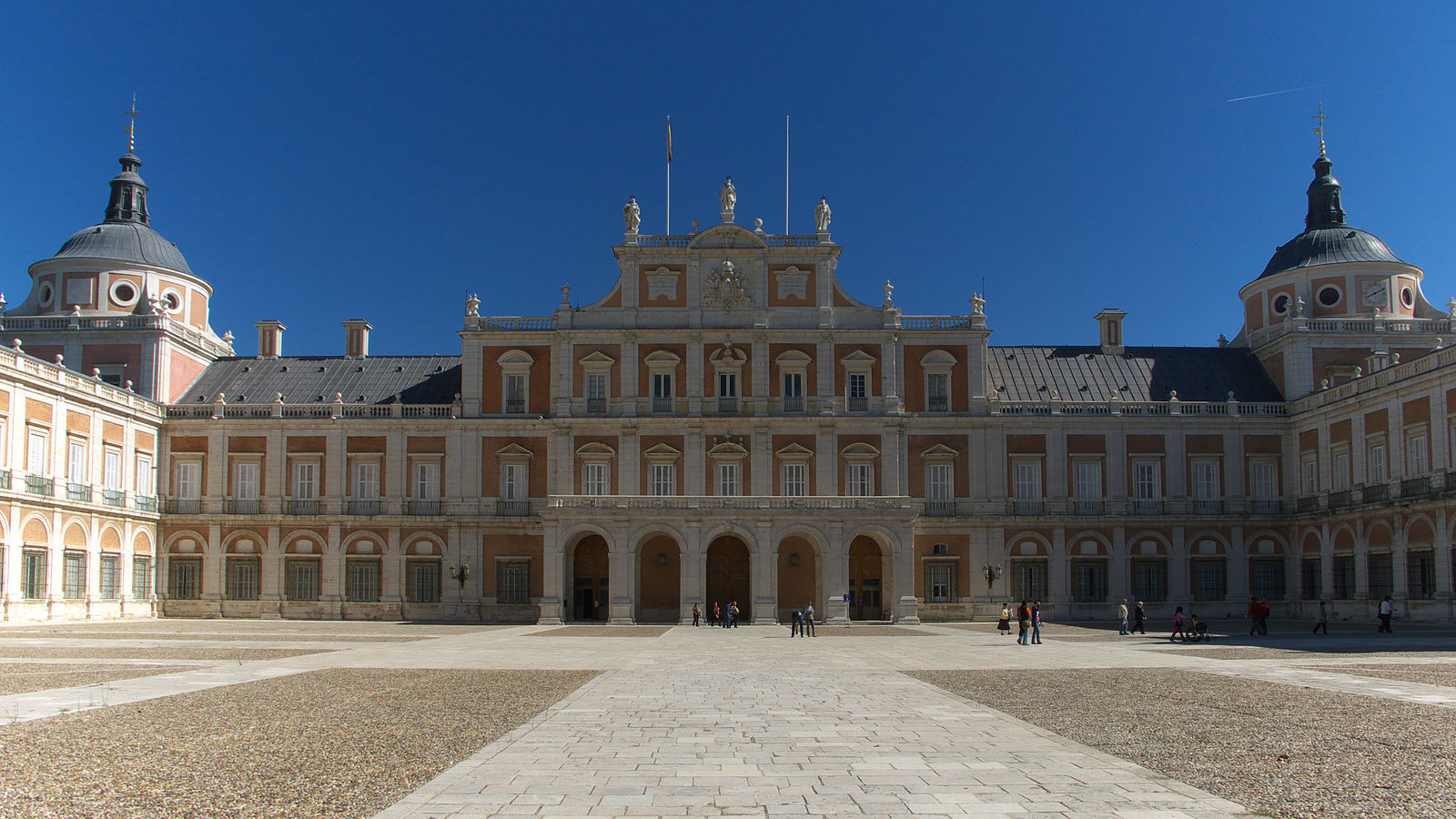Rodrigo, Concierto de Aranjuez
You have heard it in commercials and films: the slow second movement of Concierto de Aranjuez by Joachim Rodrigo (1901-1999). It’s hard to imagine a more poignant melody cast in such a peaceful setting. Of course, the second movement (6:41 – 16:41) builds to its own climax, but the slow rhetorical style characterizes the movement throughout.

You might imagine yourself in a formal garden, such as the Palacio Real de Aranjeuz, built in the 16th century by Phillip II and rebuilt by Ferdinand VI in the 18th century. (You may recall Ferdinand from our discussion about his wife Queen Barbara and her connection to Domenico Scarlatti.) The palace and its gardens form the inspiration for the piece, composed in 1939 in the aftermath of the Spanish Civil War.
In contrast, the first and last movements are in the form of court dances. Rodrigo explained the work this way:
The Concierto de Aranjuez is named after the famous royal site on the shore of the River Tagus, not far from Madrid, along the road to Andalusia, and some perceive Goya’s shadow in the notes of its music, full of melancholic emotion. Its music seems to bring to life the essence of an eighteenth-century court, where aristocratic distinction blends with popular culture. In its melody the perfume of magnolias lingers, the singing of birds and the gushing of fountains.



